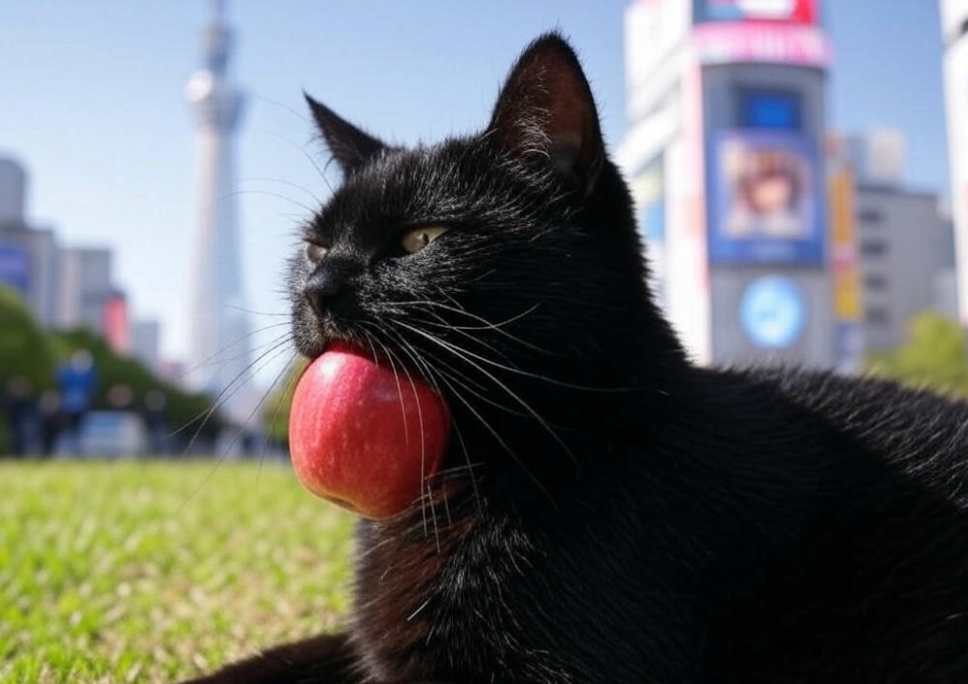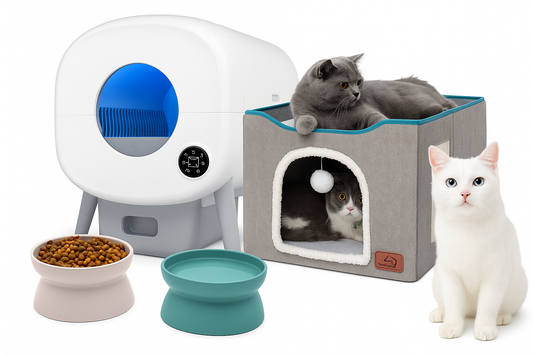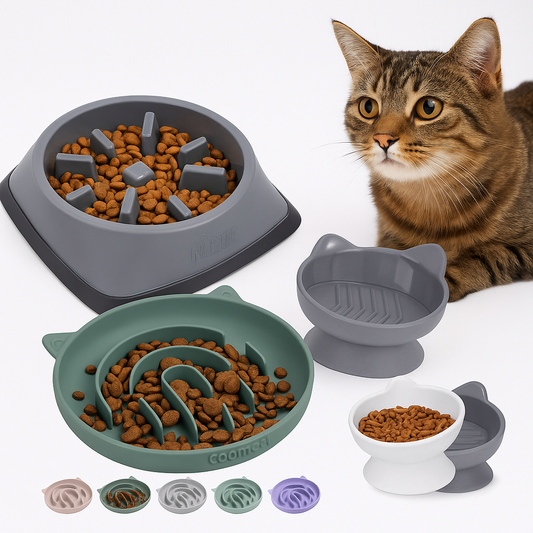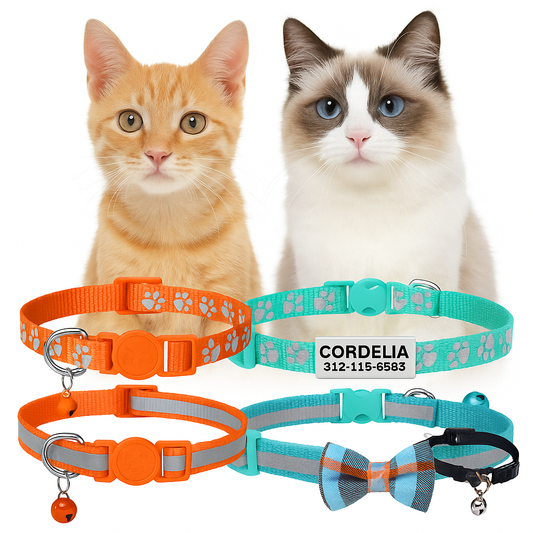
Ingredients to Avoid in Cat Food: What Every Cat Parent Should Know
Not all cat food is created equal. Just like human junk food, some pet products are filled with low-quality ingredients that may cause long-term health issues for your cat. From vague by-products to chemical preservatives, knowing what to avoid is the first step to helping your feline live a longer, healthier life. Let’s explore the top ingredients to skip—and the brands and standards you can trust instead.

🚫 Common Ingredients to Avoid in Cat Food
- Meat By-Products: These are often unspecified leftovers like organs, connective tissue, or even feathers. They’re not inherently harmful, but lack transparency and may not provide consistent nutritional value.
- Artificial Preservatives (BHA, BHT, Ethoxyquin): While these chemicals extend shelf life, they’ve been linked to cancer, kidney, and liver problems in long-term studies.
- Added Sugars: Cats have no taste receptors for sweetness, making sugar both unnecessary and potentially harmful. It can contribute to obesity, dental disease, and diabetes.
- Corn, Wheat, and Soy: These are common cheap fillers. Some cats tolerate them, but others may develop allergies, digestive issues, or skin irritation. They also provide little usable nutrition for obligate carnivores like cats.
- Food Dyes: Artificial colors such as Red 40 or Yellow 5 are only used to appeal to humans. They offer no benefit to cats and may even trigger behavioral issues or allergies.
🐾 Should Cat Food Follow Human Food Standards?
Absolutely! While cats have different dietary needs than humans—they’re obligate carnivores, after all—both species benefit from whole foods, natural ingredients, and avoiding ultra-processed junk.
Think of it this way: if you wouldn’t eat a meal loaded with preservatives, artificial coloring, low-grade meat scraps, and cheap fillers, why feed that to your cat? Just like humans should avoid inflammatory ingredients and prioritize whole-food fats (like olive oil or omega-3s), cats also thrive on diets rich in quality protein and natural fats like salmon oil.
When pet food is made to human-grade standards, it’s usually processed in certified facilities and uses the same quality control measures. Brands that follow these principles tend to be more transparent and safer long-term for your pet’s health.
✅ Trusted Healthy Cat Food Brands
These brands are known for high-quality sourcing, transparency, and avoiding harmful additives:
- Smalls: Human-grade, fresh, and customizable cat food delivered to your door. No fillers or artificial ingredients.
- Open Farm: Ethically raised meat and wild-caught fish, with complete transparency from farm to bowl.
- Tiki Cat: Whole food formulas high in moisture and animal protein, designed to mimic a cat’s natural diet.
- Weruva: Known for shredded meat and broth-based recipes, Weruva is processed in human food facilities for peace of mind.
- Wellness CORE: Grain-free, high-protein options that support digestion and energy in cats of all ages.

📋 What to Look for in Healthy Cat Food
Use this checklist when evaluating your cat’s food:
- ✔️ Whole Named Protein Sources: Look for chicken, turkey, salmon, or beef—not vague terms like “meat meal” or “animal by-products.” This ensures high-quality, digestible protein.
- ✔️ No Mystery Meat or By-Products: Avoid ingredients that don’t specify the animal source. Lack of detail can mean low-quality scraps that may vary from batch to batch.
- ✔️ Free from Artificial Colors, Flavors, and Preservatives: These additives offer zero nutritional value and are linked to behavioral and health concerns.
- ✔️ No Corn, Soy, or Wheat as Fillers: These ingredients are often used to bulk up food cheaply. Cats don't need them and may even suffer reactions or digestive problems from prolonged exposure.
- ✔️ Clear Sourcing and Transparency: Choose brands that disclose their sourcing and production processes. Bonus points for human-grade or ethically sourced certifications.
Conclusion: Cleaner Ingredients, Healthier Cats
Feeding your cat well is about more than convenience—it’s an investment in their long-term health and happiness. Avoiding harmful ingredients like by-products, artificial preservatives, and low-nutrient fillers helps prevent illness and gives your cat the energy and vitality they deserve.
Whether you’re switching brands or just double-checking your current label, use this guide to steer clear of the bad stuff and support your cat’s well-being through food. Their health starts in the bowl.
Explore more product reviews and healthy cat picks on our Product Reviews Blog.



